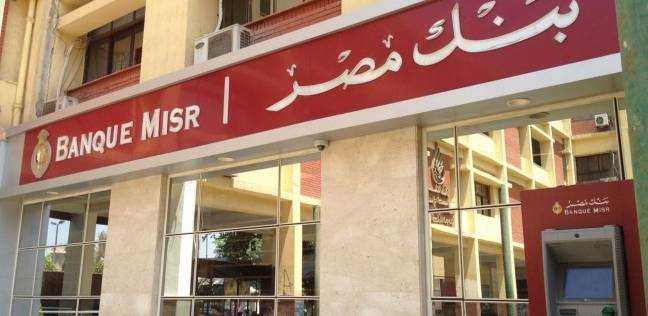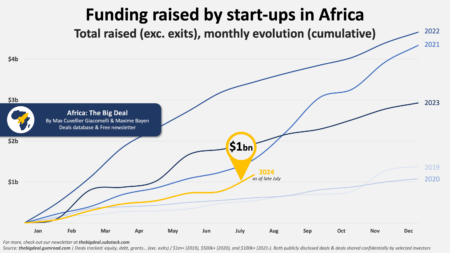Banque Misr, Egypt’s second-largest bank, has announced plans to enter the Kenyan market as it seeks lending deals in East Africa and serving Egyptian firms operating in the region.
To fund the Kenya expansion the state-run bank plans to borrow $250 million from international lenders this year. The Kenyan expansion will also coincide with planned entry into Somalia and Djibouti.
“We are in talks with two international institutions on loans with competitive interest rates,” said Mohamed Eletreby, Banque Misr chairman.
Mr Eletreby added that Banque Misr could enter Kenya through setting up branches or representative offices.
Also Read: Absa Kenya’s US$ 100 million kitty for women entrepreneurs
The bank has branches in the UAE and France, as well as units in Lebanon and Germany and representative offices in China, Russia, South Korea and Italy.
The Banque Misr announcement marks the latest declaration of interest by an Egyptian lender to enter Kenya’s 40-plus bank market.
Last year the bank disclosed it was planning to buy a controlling stake in Kenya’s Tier III Mayfair Bank in a deal that is set to intensify deal-making in the local banking sector.
Commercial International Bank (CIB) will buy a stake in the three-year-old Kenyan bank as the launch pad for a piece of the East African banking market.
Also Read: NMB Bank: Tanzanian local bank race for mobile banking glory
Both banks said they will ride on the billions of dollar flows in annual trade between Egypt and Kenya to gain market share, which shows that it is targeting trade finance.
Since the Central Bank of Kenya lifted a licensing moratorium in March 2017, Kenya has witnessed renewed interest by global banks.
This includes JPMorgan Chase & Co, America’s largest bank which said earlier it was mulling over a Kenya entry.
In August 2017, One of Russia’s largest privately-owned banks, Promsvyazbank, also announced it would seek a piece of the pie in the Kenyan market.
Genghis Capital researchers projected that the banking sector is expected to see mergers and acquisitions of third-tier lenders in the wake of the stiffer regulation.











